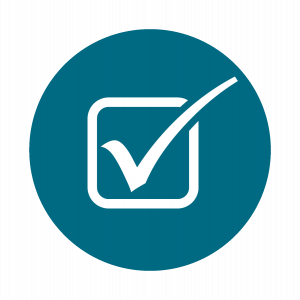Chapter 4: Motivation
 Learning Objectives
Learning Objectives
In this chapter, we will:
- Define motivation.
- Understand the role of motivation in determining employee performance.
- Compare needs and process theories of motivation.
- Recognize how fairness perceptions are determined and consequences of these perceptions on motivation in the workplace.
- Identify ways to increase motivation in the workplace.
- Explain how employees are motivated according to Maslow’s hierarchy of needs.
- Explain how the ERG (existence, relatedness, growth) theory addresses the limitations of Maslow’s hierarchy.
- Describe the differences among factors contributing to employee motivation and how these differ from factors contributing to dissatisfaction.
- Describe need for achievement, power, and affiliation, and identify how these acquired needs affect work behaviour.
- Describe how intrinsic and extrinsic factors influence motivation at work.
- Explain how goal-setting influences motivation.
- Describe the three types of fairness that affect employee attitudes and behaviours.
- List the three questions individuals consider when deciding whether to put forth effort at work.
- Describe how managers can use learning and reinforcement principles to motivate employees.
In this chapter, students will learn about needs-based and process-based theories of human motivation. We will explore how motivation impacts workplace behaviours and performance. In addition, we will learn about common methods used to increase motivation in the workplace.

